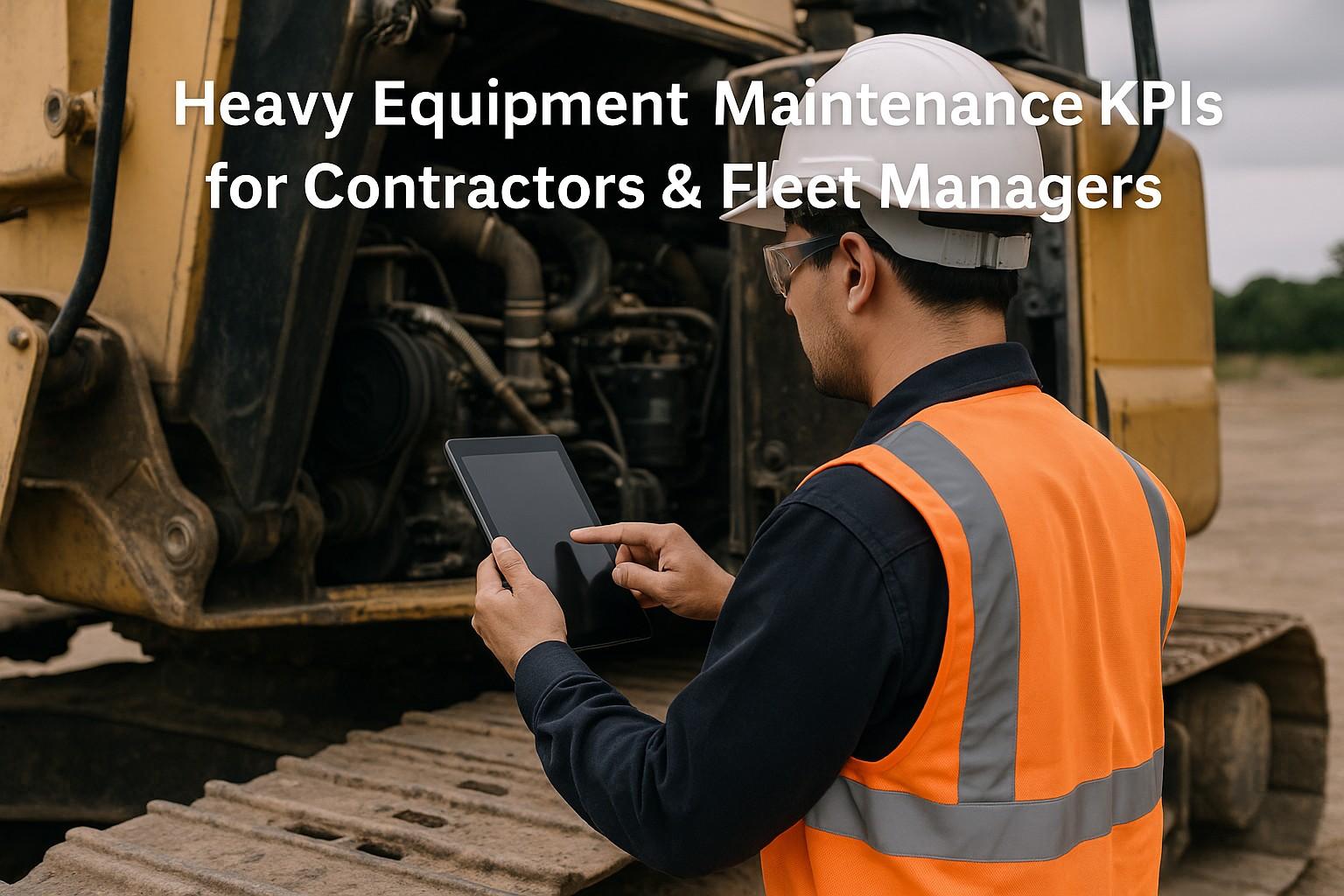Recognizing early warning signs of expensive construction equipment repairs represents a critical capability for Indian fleet operators managing excavators, bulldozers, cranes, and heavy machinery across diverse operational environments. Undetected equipment problems cost Indian operators an average of ₹8-15 lakhs annually per machine through catastrophic failures, emergency repairs, and extended downtime periods. With heavy construction equipment representing investments of ₹50-200 lakhs per machine, early problem identification becomes essential for protecting valuable assets while maintaining operational productivity and project profitability.
This comprehensive guide identifies ten critical warning signs that indicate impending expensive repairs, providing proven detection strategies and preventive protocols specifically designed for Indian construction operations. From hydraulic system degradation to engine performance anomalies, recognizing these warning signs can prevent 70-85% of catastrophic equipment failures, extend machinery lifespan by 25-40%, and generate annual savings of ₹12-25 lakhs per machine through timely intervention and strategic maintenance planning.
Critical Warning Signs Impact in Indian Construction Operations
Ready to Protect Your Equipment Investment?
Implement proven early warning detection systems and monitoring solutions.
Critical Warning Signs: Early Detection Framework for Indian Heavy Equipment
Indian construction equipment operates under extreme conditions that accelerate component wear and create unique failure patterns requiring specialized monitoring approaches. These warning signs represent measurable indicators that precede expensive equipment failures, providing operators with critical windows for preventive intervention. Understanding and systematically monitoring these indicators can transform equipment management from reactive crisis response to proactive asset protection.
Advanced Warning Sign Detection: Technology-Enabled Monitoring Solutions
Modern equipment monitoring systems combine IoT sensors, predictive analytics, and machine learning algorithms to identify warning signs weeks before visible symptoms appear. These systems continuously monitor 200+ equipment parameters, detecting subtle changes that indicate developing problems requiring intervention.
Advanced detection systems integrate real-time equipment data with historical performance patterns to predict failure probabilities and optimal intervention timing. Sophisticated algorithms can identify component degradation patterns that precede expensive failures, enabling proactive maintenance that prevents costly breakdowns.
- ✓ Multi-parameter monitoring systems tracking temperature, pressure, vibration, and fluid quality
- ✓ Predictive analytics algorithms with 95% accuracy for critical component failure prediction
- ✓ Mobile alerts with severity classification and recommended intervention timelines
- ✓ Digital inspection workflows with photo documentation and defect identification
- ✓ Historical trend analysis for pattern recognition and failure prediction refinement
- ✓ Integration with maintenance scheduling for optimal intervention timing
Transform Your Equipment Protection Strategy
Implement advanced warning sign detection with proven monitoring solutions.
Implementation Strategy: Building Systematic Warning Sign Monitoring
Successful warning sign detection requires systematic implementation combining technology deployment, team training, and process development. Organizations must establish monitoring protocols, response procedures, and continuous improvement processes to maximize early detection benefits while minimizing false alerts and operational disruption.
Implementation best practices include phased deployment starting with critical equipment, comprehensive training for operators and technicians, clear escalation procedures for warning sign responses, and regular system calibration to maintain detection accuracy. Systematic monitoring programs typically achieve 85-95% success rates in preventing expensive equipment failures through early intervention.
Change management considerations include operator acceptance of monitoring systems, integration with existing maintenance procedures, and development of data-driven decision-making capabilities. Successful programs combine automated detection with human expertise to optimize intervention timing and minimize unnecessary maintenance activities.
Protecting Equipment Investments Through Proactive Warning Sign Management
Early warning sign detection represents the most cost-effective strategy for protecting expensive construction equipment investments while maintaining operational reliability. The combination of systematic monitoring, advanced analytics, and proactive intervention creates comprehensive equipment protection capabilities that deliver measurable business value through reduced failures and extended equipment life.
Operators who implement comprehensive warning sign detection systems position themselves for sustained competitive advantages in cost management and operational reliability. The potential for 85% failure prevention and ₹12-25 lakhs annual savings per machine makes early detection one of the highest-impact investments available to construction equipment operators.
As equipment complexity increases and operational demands intensify, companies that implement sophisticated warning sign monitoring will maintain significant advantages over competitors still relying on reactive maintenance approaches. The question is not whether to invest in early detection systems, but how quickly your organization can implement these proven technologies to capture competitive advantages and protect valuable equipment investments.
Start Your Equipment Protection Journey Today
Join leading operators achieving exceptional results through advanced warning sign detection solutions.
Book a Demo




